|
in honor of Maj. Norman K. Arvidson
Chapter 10 |
||||||||||||||
 |
L: Urban Otremba |
|||||||||||||
 |
||||||||||||||
|
Views of the artificial port facilities |
||||||||||||||
 |
||||||||||||||
|
Right: Collevillle-sur-Mer Beach, |
 |
|||||||||||||
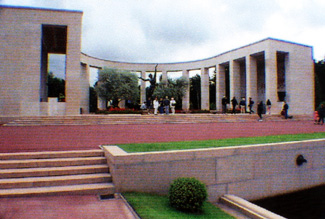 |
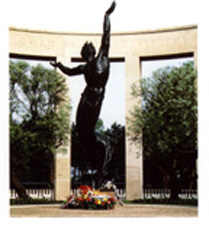 |
|||||||||||||
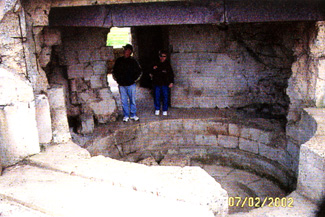 |
||||||||||||||
|
Colleville-sur-Mer
Right: Colleville-sur-Mer |
||||||||||||||
|
|
||||||||||||||
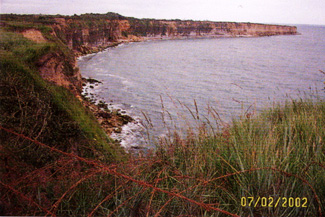 |
||||||||||||||
|
View of “Omaha Beach” Lower Left: The first units of General Huebner, Commander of the 1st Infantry Division, nicknamed “The Big Red One” landed on the beaches leading to Sainte-Honorine-des-Pertes (Fox Sector) up to the Percee point (Charlie Sector). The sector was also that of the 29th Infantry Division, special engineers brigades and ranger battalions. Omar Bradley, commander of the 1st American Army, supervised the landings from the cruiser Augusta. The mission of the American soldiers was to take up positions on 6,500 yards of beaches defined at each extremity by 100 ft high cliffs and to establish themselves along a line, Isigny-Trevieres-Vaucelles, following the RN 13 road. The beaches of Colleville-sur-Mer, Saiant-Laurent-sur-Mer and Vierville-sur-Mer were the only ones suitable for a disembarkment, as the Germans knew well, and consequently were well defended with small fortifications containing antitank weapons, 75 and 88 mm cannons and machine guns placed behind a variety of obstacles, land mines and barbed wire networks. They were dominated by chalk cliffs and valleys. |
||||||||||||||
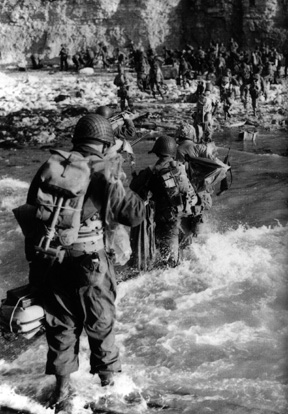 |
||||||||||||||
|
On June 6th, the sea was particularly rough which made it difficult for the landing craft and for launching the amphibious tanks. At 4:40 a.m., 180 barges (Landing Craft Infantry) were released at about five miles from the shore, but high seas sank several of them. The first ten ships sank but most of the soldiers were saved. As for their comrades, soaked, frozen and ill, they had to wait two hours longer before landing. While 29 Sherman “Duck” Amphibious Tanks sank, the American troops tried to land under a deluge of German fire, caught under crossfire from machine guns and mortars. They had to cross about 600 years of beach to find shelter Omaha Beach, a long beach of brown sand and pebbles bordered by a bank where yellow grasses grow became Bloody Omaha in only |
||||||||||||||
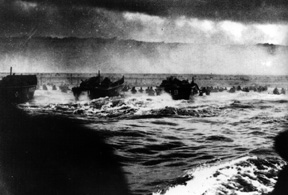 |
||||||||||||||
|
Below: Jan Stay views |
||||||||||||||
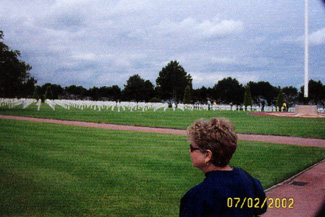 |
||||||||||||||
|
|
||||||||||||||
|
Chapter 10, Page — 01 — 02 — 03 — 04
Chapter — 01 — 02 — 03 — 04 — 05 — 06 — 07 — 08 — 09 — 10 Or Go To Or |
||||||||||||||